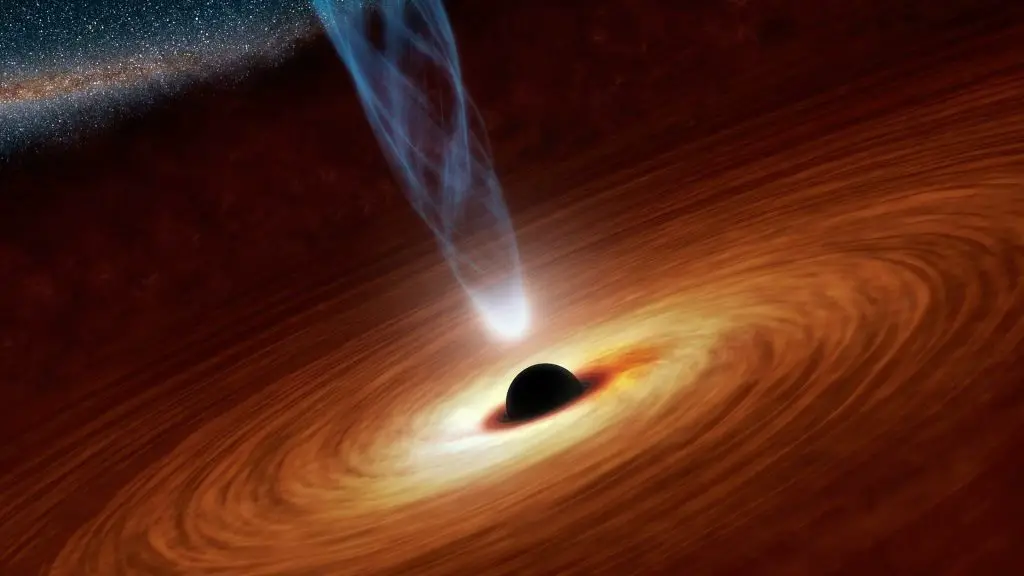Feb. 15, 2013, is the day most people living in the Southern Ural region in Russia will never forget so quickly. People were going on with their regular daily activities when a Chelyabinsh meteor exploded over Chelyabinsk Russia causing several people to sustain one form of injury or the other.
Although no death was recorded, experts estimate that about 1,491 indirect injuries were sustained by people around this region because of the impact of the space rock. How did the Chelyabinsk Meteor slam into Earth? How are countries working to prevent such an occurrence in the future? Continue reading to learn more.
How Chelyabinsk Meteor slammed into Earth
The Chelyabinsk meteor made its way into Earth’s atmosphere over the southern Ural region in Russia on Feb. 15, 2013, at about 09:20 YEKT (03:20 UTC). Despite the measures put in place to detect such a space rock, the meteor still entered Earth’s atmosphere undetected and caused a severe airburst impact in Chelyabinsk, Russia. The meteor was discovered to be a 9,100-tonne (10,000-short-ton) near-Earth asteroid with a diameter of about 18m (59 ft).
It entered our atmosphere following a shallow 18.3 ± 0.4-degree angle with a speed relative to Earth of 19.16 ± 0.15 kilometers per second (69,000 km/h; 42,690 mph). While it was making its way into Earth’s atmosphere, its light was shortly brighter than the sun and people staying 60 miles (100 km) away can visibly spot the meteor.
Some Russians that witnessed the impact directly revealed that they actually felt intense heat from the meteor. After entering our atmosphere, the space rock exploded in a meteor air burst over Chelyabinsk Oblast at a height of about 18.5 miles (29.7 km) at 09:20 YEKT (03:20 UTC). The explosion created several smaller pieces of the meteor, a bright flash, and a hot cloud of dust and gas that spread across 26.2 km (16.3 miles).
As the meteor passes through Earth’s cloud, most of its energy were absorbed by the atmosphere which created a massive shock wave. Scientists estimated that the asteroid struck Earth with a total kinetic energy that is so powerful. However, the atmospheric impact of the impact is estimated to be about 400-500 kilotons of TNT. This implies that the energy released during the impact is equivalent to about 26 to 33 times more powerful than the energy released from the atomic bomb detonated at Hiroshima.
The Impact of Chelyabinsk Meteor on russian people

The explosion of the Chelyabinsk Meteor damaged over 7,200 buildings in six cities across the region where the shock wave reached. The explosion is so powerful that about 1,500 sustained serious injuries that needed immediate medical attention. These injuries were sustained because of the indirect effects and not directly from the meteor itself. These indirect effects include shattered broken glasses from windows that were blown a few minutes after the superbolide’s flash.
How Space Agencies are working to prevent future impact
Impacts like Chelyabinsk Meteor is the primary reason why space agencies are working on establishing futuristic planetary defense against the asteroid. A civilization that cannot protect itself against asteroid defense will likely stand the test of time when the need arises. Keep in mind that the Chelyabinsk meteor made its way through Earth’s atmosphere undetected.
This implies that we may be exposed to real dangers when we ignore to plan for planetary defense against the asteroid. In fact, the Chelyabinsk meteor still stands as a wake-up call to planetary defense against space rocks. NASA, China, and other countries are already working on technologies to protect our home planet from a possible asteroid impact in the future.
In 2022, NASA successfully tested its first planetary defense mechanism by slamming its DART spacecraft into a space rock to alter its orbit. The American space agency is working on using the knowledge obtained from that test flight to fight possible asteroid impact with Earth in the future. As we continue to advance as a civilization, we will surely get to the level where we will detect and prevent a more massive asteroid from sending humans into extinction just like the dinosaurs.
Conclusion
Chelyabinsk meteor impact has remained one of the most terrifying impacts that serve as a wake-up call to planetary defense against asteroids. Space agencies are already working on technologies that will protect us from possible asteroid impact in the near future. What are your thoughts on the impact of the Chelyabinsk meteor impact in the Southern Ural region in Russia?





